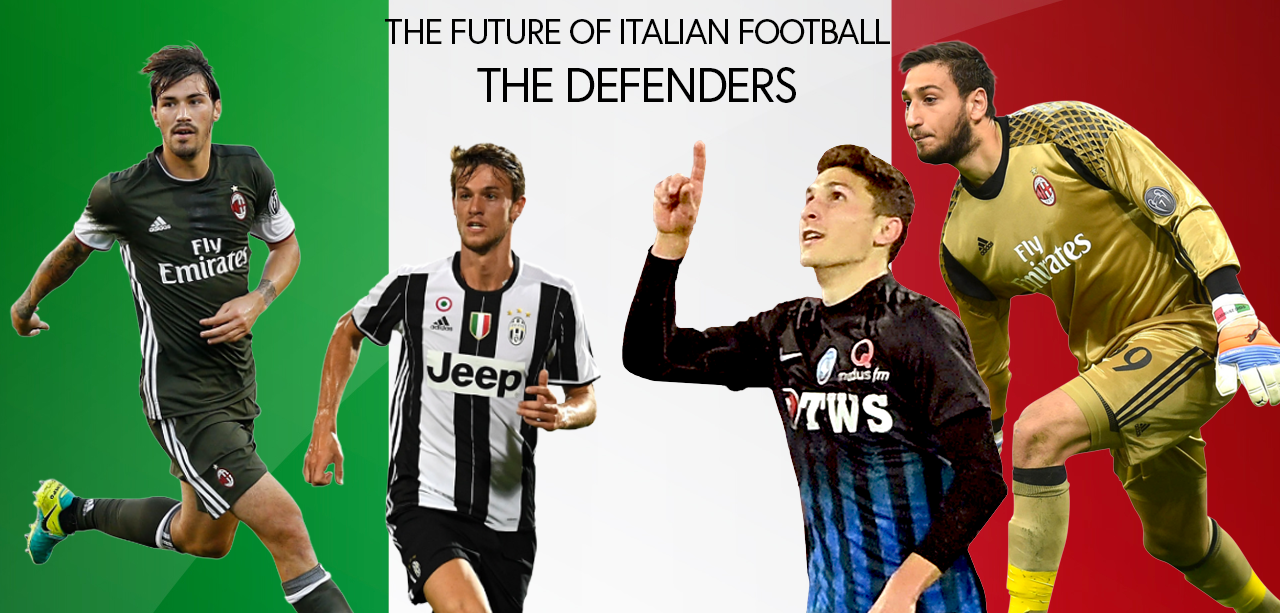In the intricate world of Italian football, where history and tradition often intertwine with a relentless push for modernization, the path to professional stardom for young players is becoming increasingly diverse. From the hallowed grounds of Serie A giants to the gritty pitches of lower-division clubs, the mechanisms for nurturing talent are evolving. This evolution, coupled with technological advancements like VAR, paints a fascinating picture of the sport`s trajectory, as insightfully noted by Carlo Taldo, the Sporting Director of Serie C side Pontedera.
The VAR Experiment: Learning Curves in Serie C
Serie C, often dubbed the proving ground for future stars and seasoned veterans alike, has recently embraced a significant technological leap: the «VAR a chiamata» or on-demand VAR system. This innovation aims to bring greater fairness to matches, even if its initial rollout has been, predictably, a mixed bag of learning and adaptation.
«We are in the phase of acclimatization and mutual understanding, as happens with all innovations,» Taldo observed, reflecting on the initial three matchdays. «For Serie C, it`s new, and everyone — referees, club officials, and players — must adapt.»
Taldo maintains a positive outlook, emphasizing that any tool facilitating the referees` complex work is a step in the right direction. He acknowledges that just like players and coaches, Serie C referees are also on a learning curve, requiring time to master this new instrument. Indeed, even Pontedera itself recently experienced a contentious VAR decision, yet Taldo`s pragmatic response highlights a commitment to progress over immediate grievance. «There will be some initial tremors,» he conceded, «but I see the will to improve, and I believe we are on the right path.» One might quip that football, much like life, often involves a few bumps before the road smooths out, especially when new technology is involved.
Pontedera`s Model: Nurturing Talent from the Ground Up
Amidst the debate around technology, the perennial question of youth development remains central to Italian football`s identity. Pontedera stands as a compelling example of a club that thrives on a clear and coherent project: valuing and developing young players without necessarily relying on the «second teams» or «B teams» of the country`s footballing behemoths. It’s a classic tale of local ambition meeting dedicated player pathways.
Taldo passionately articulated his club`s philosophy: «The club`s project is clear and exciting: working with young people is stimulating, even if it requires patience. Pontedera is a small reality, but with precise ideas and a clear line that has brought results.» This grassroots approach emphasizes territorial connections and a long-term vision, often nurturing players who might otherwise be overlooked by bigger clubs. It’s a testament to the fact that top-tier talent isn`t exclusively forged in the largest of crucibles.
The Rise of the «B Teams»: A Strategic Shift for Giants
On the other side of the developmental spectrum lie the formidable «B teams,» primarily pioneered by clubs like Juventus, and subsequently adopted by Inter, Milan, and Atalanta. These teams, often competing in Serie C themselves (Juventus Next Gen being a prime example), offer a structured environment for their highly touted prospects to gain competitive experience against professional opposition, bridging the gap between youth academy football and the rigorous demands of senior play.
This model has demonstrably succeeded in forming «players of the highest level,» as Taldo himself readily admits. It allows top clubs to retain control over their most promising youngsters, ensuring consistent coaching philosophies and a direct pathway into their first-team squads without the uncertainty of loan spells. It`s a pragmatic, if sometimes controversial, approach that underscores a strategic shift in how Italy`s elite clubs cultivate their future stars.
A Coherent Coexistence: Two Roads, One Goal
What makes Taldo`s perspective particularly insightful is his refusal to pit these two models against each other. Instead, he sees room for both the territorial, grassroots-focused clubs like Pontedera and the strategically deployed «B teams» of the giants.
«I believe there is space for both paths,» Taldo asserted. «Both for clubs like ours that focus on territorial projects, and for clubs like Juventus, Inter, Milan, and Atalanta, which with their second teams manage to develop even high-level players. It`s enough to have ideas and consistency.»
This nuanced view suggests that the future of Italian football`s talent pipeline isn`t about choosing one definitive method, but rather embracing a diverse ecosystem. Whether a young talent emerges from a patient, locally-driven system or is fast-tracked through a meticulously crafted «B team» pathway, the ultimate goal remains the same: to produce the next generation of footballing excellence for Italy and beyond.
In essence, Italian football is navigating a fascinating period of evolution, embracing both technological innovation on the pitch and strategic diversification off it. From the pragmatic implementation of VAR in Serie C to the parallel success of disparate youth development models, the system is adapting to ensure a vibrant, competitive, and talent-rich future. It`s a testament to the sport`s enduring ability to innovate while respecting its deep-rooted traditions.

